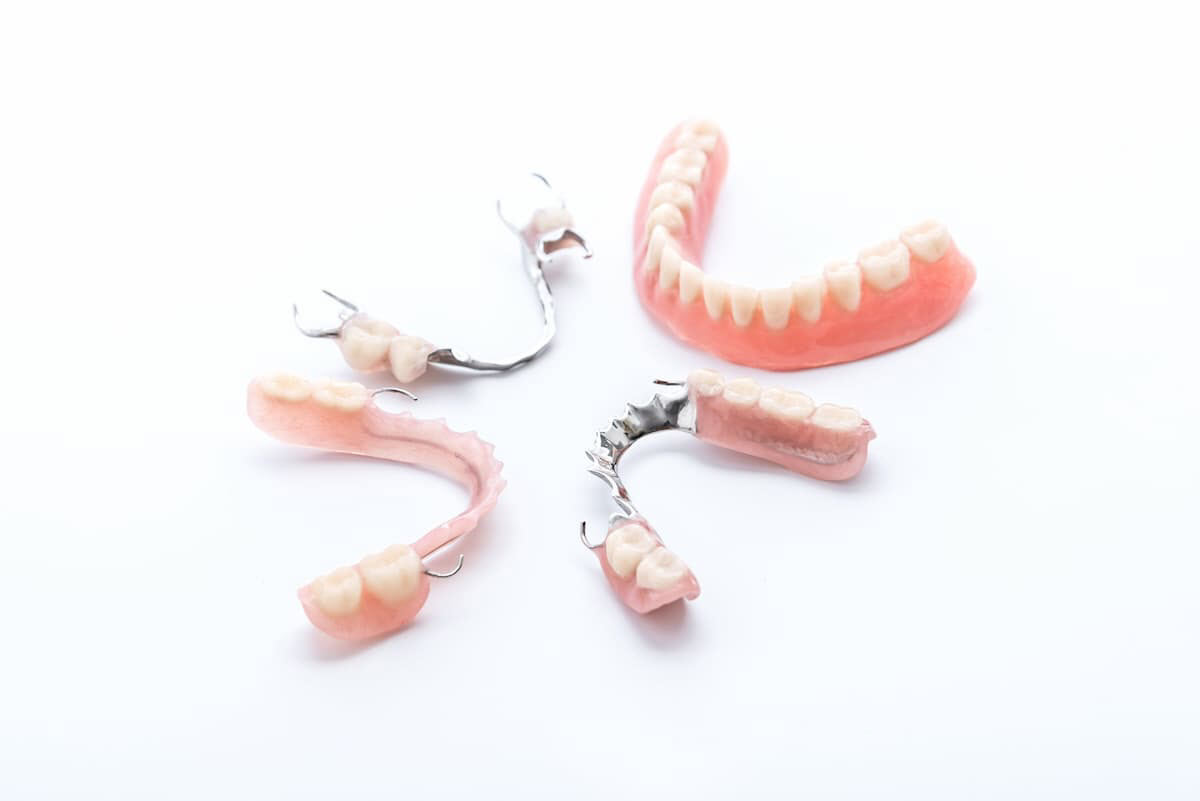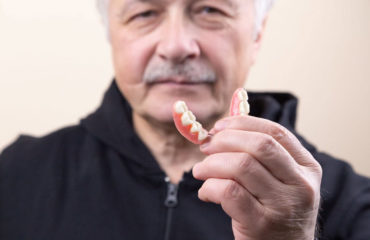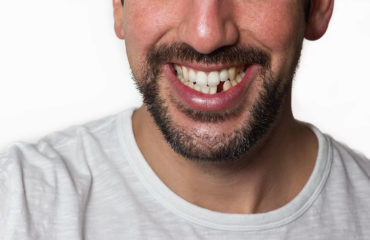Losing one or more teeth can lead to more than just a gap in your once flawless smile. In addition to affecting your smile and speech, losing a tooth also puts more strain on the opposite end of the missing tooth and can cause other teeth to lose their alignment. Add to that an increased risk of tooth decay and gum disease due to stuck food particles, and it’s easy to see why most dental professionals recommend you start considering tooth replacement options immediately after losing a tooth.
Thankfully, there are plenty of options to replace missing teeth available nowadays, with two of the most common being bridges and partial dentures. But, what’s the difference? Is one better than the other? Let’s find out.
Dental Bridges Vs. Partial Dentures
Both bridges and partial dentures essentially fulfill the same purpose as any other tooth-replacement option: to fill gaps left by missing teeth. However, there are some distinct differences between the two and your choice will largely depend on how many teeth are missing and the overall structure of your teeth.
Dental Bridges
As their name implies, dental bridges “bridge” the gaps made by missing teeth. They are fixed, permanent artificial replacement teeth anchored in place using healthy teeth on either side of the gap. Because of this, dental bridges are typically only recommended as a replacement for one or more adjacent teeth.
Advantages of Dental Bridges
Dental bridges are long-lasting and look and feel more natural than partial dentures. They also don’t need to be removed for cleaning and can be flossed and brushed just like natural teeth.
Disadvantages of Dental Bridges
Bridges can only be fitted if the adjacent teeth are healthy, with no underlying tooth or gum damage. Furthermore, attaching them also requires the adjacent teeth to be ground down or reshaped to accommodate the bridge. Finally, as they’re a more permanent solution, dental bridges typically cost more than removable alternatives and can only be fitted or removed by dental professionals.
Partial Dentures
Consisting of replacement teeth embedded in a molded plate, partial dentures clip onto the surrounding teeth via small metal anchors and are typically used to replace multiple missing teeth. Partial dentures are removable, and the plate can be made from a variety of materials including plastic or acrylic.
Advantages of Partial Dentures
Partial dentures offer a convenient solution if you’re missing multiple teeth on either side of your mouth. Moreover, they can be fitted regardless of the condition of the surrounding teeth or if you suffer from any form of gum disease. They can also be easily removed for cleaning and are one of the cheapest tooth replacement options available today.
Disadvantages of Partial Dentures
Partial dentures don’t last as long as dental bridges or other tooth replacements. They might also cause discomfort and would need to be periodically checked and adjusted by a dentist or denturist.
Dental Bridges & Partial Dentures: Which One is Right for Me?
If you’re only missing a single tooth, a bridge may be your best bet. However, if you’re missing a couple of teeth or cost is a concern, consider going with partial dentures. However, at the end of the day, you should always consult with a professional dentist or denturist before making your final decision. If you’re in the Calgary area, contact Hillhurst Denture Clinic for a free consultation and find out which option is right for you.




